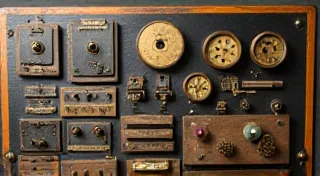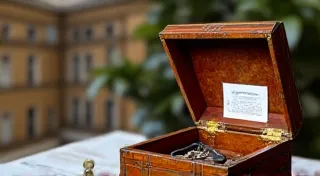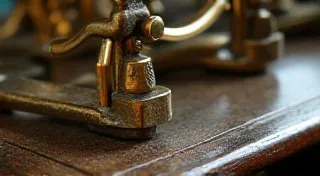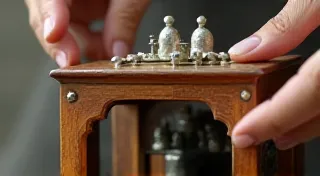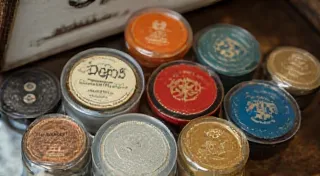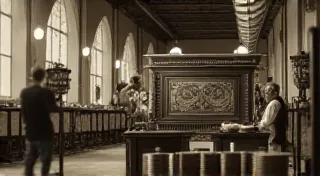Understanding the Value of Antique Music Boxes: Factors to Consider
Antique music boxes hold a unique charm and appeal, blending artistry, mechanics, and history. For collectors and enthusiasts, determining their value can be a fascinating, yet complex process. This guide explores the key factors influencing the value of antique music boxes, helping you assess their worth whether you’re buying, selling, or simply curious.
Rarity: The Foundation of Value
Rarity is arguably the most significant factor driving up the value of antique music boxes. A music box produced in limited quantities, or by a manufacturer known for exceptional craftsmanship but short production runs, will generally command a higher price.
Consider these aspects of rarity:
- Manufacturer: Certain manufacturers like Polyphon, Regina, and Paillard are highly sought after due to their reputation for quality and innovative designs. Less well-known makers, while potentially interesting, might have lower values.
- Model/Style: Certain models within a manufacturer's catalog are rarer than others. Variations in cylinder size, movement complexity, or decorative elements can all contribute to rarity.
- Decoration: Uniquely decorated boxes, especially those with hand-painted scenes, intricate inlay work, or personalized engravings, are significantly more valuable than standard models.
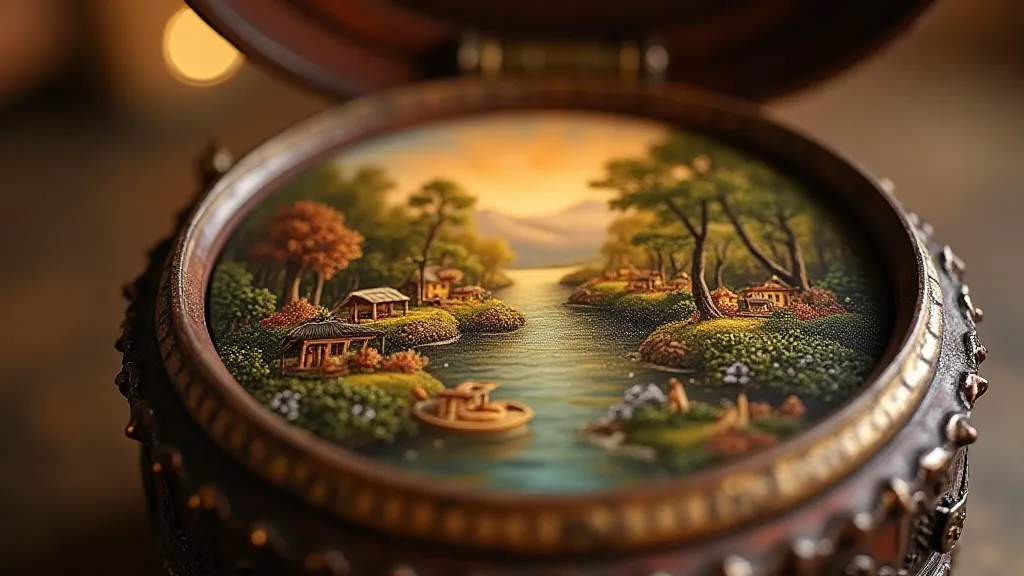
Condition: A Crucial Element
Like any antique, condition plays a pivotal role in a music box's value. A pristine, original condition box will be worth considerably more than one with significant damage or alterations.
Here's what to look for:
- Cylinder Condition: The cylinder, which contains the pins that play the music, is critical. Damage like broken pins, worn teeth, or corrosion will reduce value.
- Movement Functionality: Does the movement work properly? A fully functional movement is essential. Repairs or replacements can affect value.
- Case Integrity: Is the case free from cracks, chips, or missing pieces? Any significant damage will detract from the value.
- Originality: Has the box been restored or altered? While restoration can be beneficial, extensive alterations that deviate from the original design can negatively impact value.
Historical Significance and Provenance
A music box’s historical significance and provenance can substantially increase its value. If a box was owned by a notable person, used in a significant historical event, or represents a unique technological innovation, it can be worth significantly more.
Provenance, or the documented history of ownership, adds another layer of value. Detailed records, receipts, or letters relating to the music box's ownership are invaluable.
Music and Cylinder Content
The selection of musical pieces contained within the cylinder can also impact value. Rare or unusual tunes, particularly those not commonly found on other music boxes, can increase desirability and price. Also, if the cylinder plays a popular or well-known tune, it may increase the value. This often varies depending on collector interests and preferences.
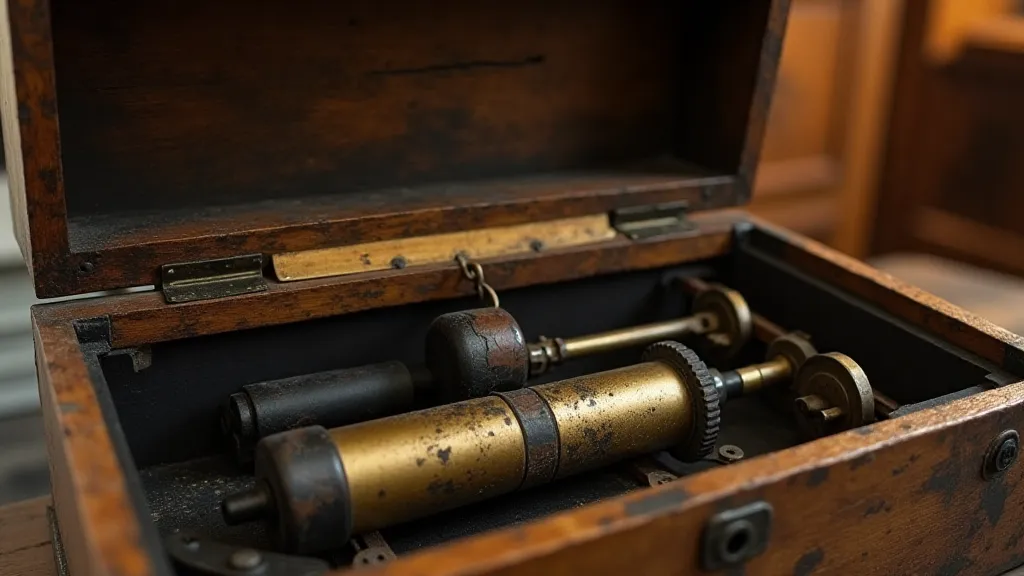
Size and Materials
The size of the music box, as well as the materials used in its construction, can also contribute to its value. Larger music boxes often contain more elaborate mechanisms and decorations, making them more desirable to collectors. Music boxes crafted from valuable materials like rosewood, ebony, or inlaid with precious metals are generally worth more.
The Collector's Market
Ultimately, the value of an antique music box is determined by what collectors are willing to pay. Market trends, collector preferences, and the overall demand for antique music boxes fluctuate over time. Staying informed about current market conditions can help you better understand the potential value of a particular piece.
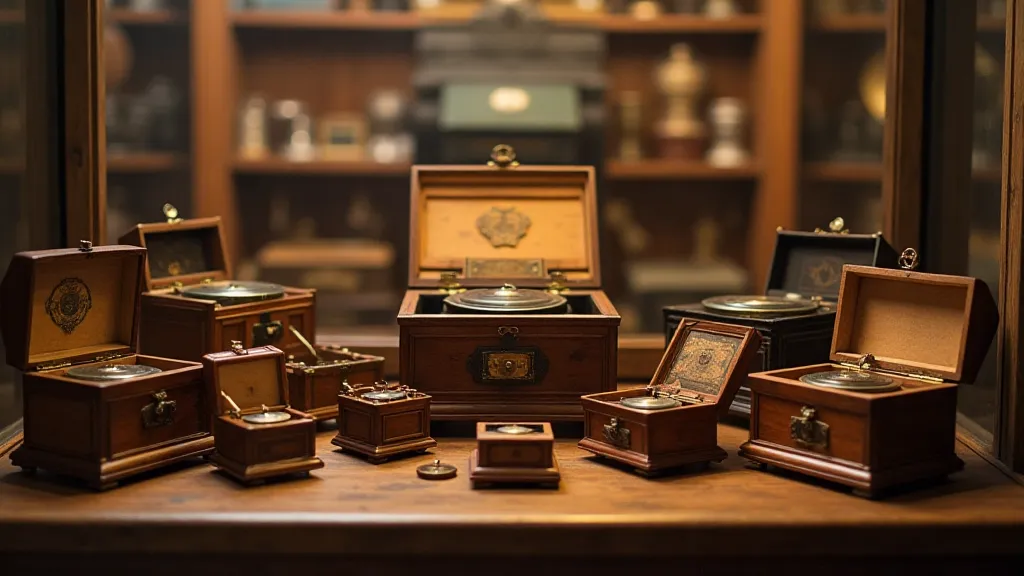
By carefully considering these factors – rarity, condition, historical significance, and market demand – you can gain a clearer understanding of the value of antique music boxes and appreciate the rich history and artistry they represent.
